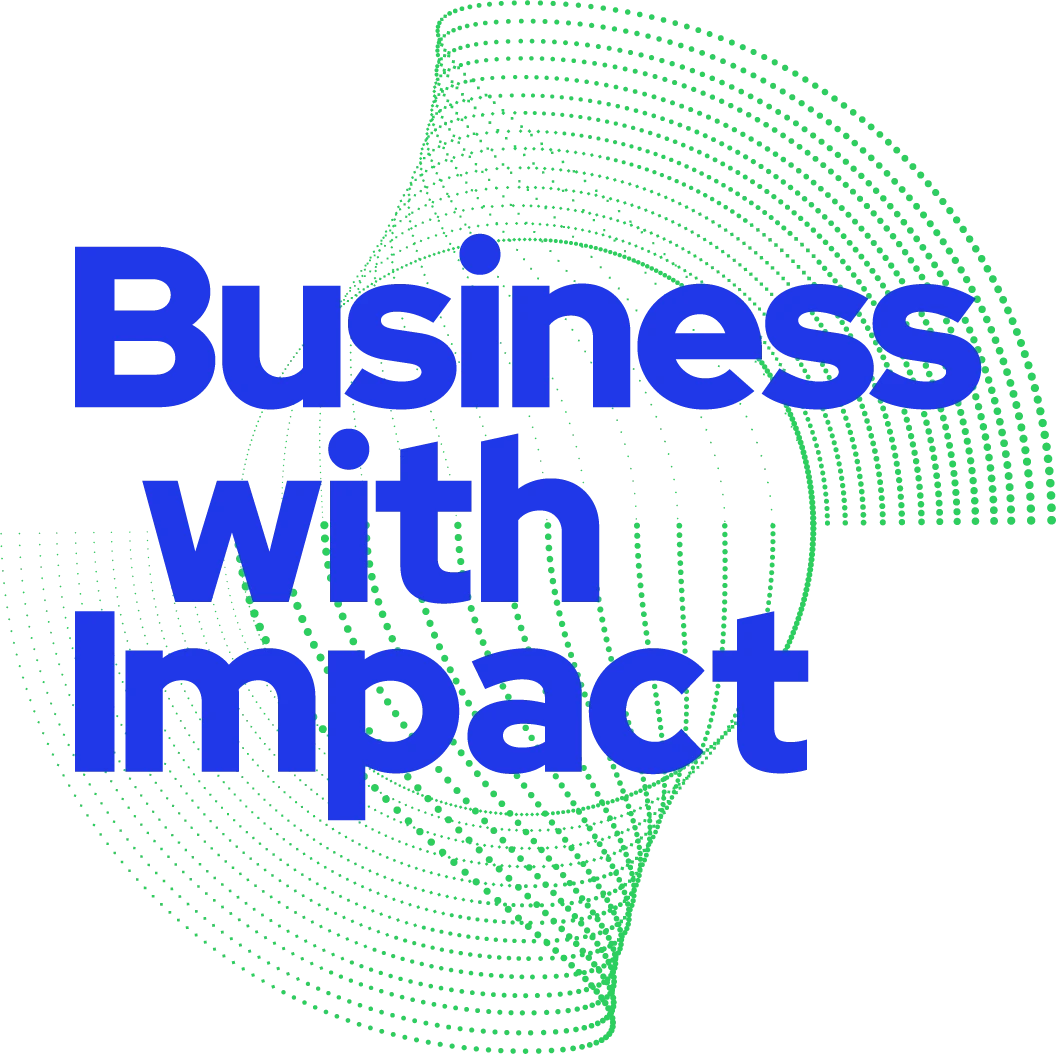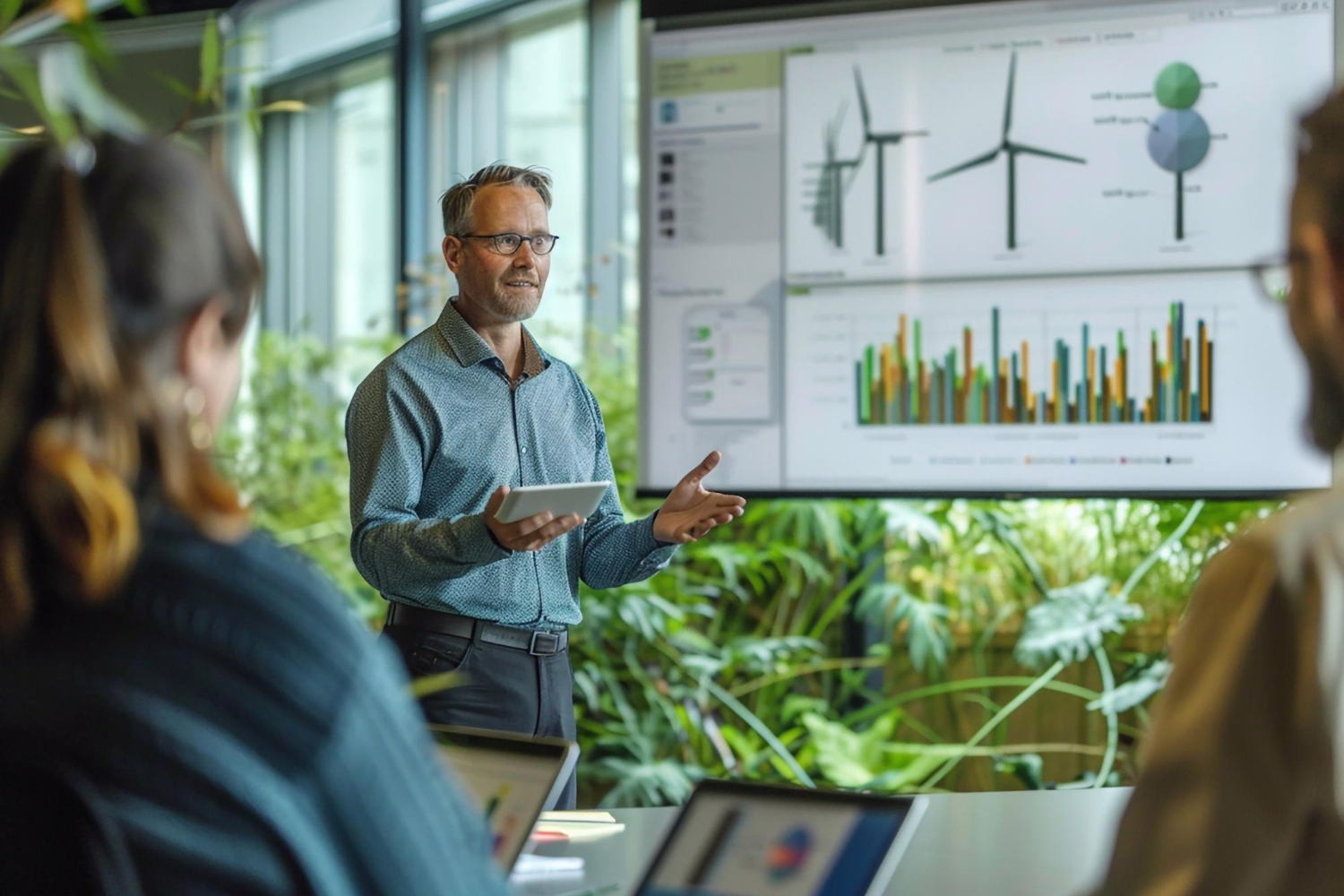Normally I write about manufacturing companies, but this newsletter will be different. Here I will bring you insight into how I have used my approach on something as different as the World Championship in Horse Riding. Major events are a great tool for creating lasting positive change!
Since the fall of last year, I have had the pleasure of working with Herning2022 – the company that is organizing the ECCO FEI World Championships that is on right now. This is one of the largest sports events even in Denmark. I have had the overall responsibility for sustainability and been insourced and part of the team – a team of progressive businesspeople with a genuine interest in bringing sustainability to the sport.
A lot of things where already in motion when I joint. Many of them inspired by Bæredygtig Herning. My contribution has mainly been to structure and conceptualize it, raise the bar, QA, communication, onboard partners and handling carbon footprint and offsetting.
And as always, it starts with the mindset!
Mindset
FEI World Championships – Herning 2022 will create a new benchmark for sustainability at major sports events. That is our ambition, and it shapes the way we work, the choices we make, and how we engage with the world around us. In suggesting this ambition my aim was to raise the bar and shift from a “less bad” approach to a “more good”. Focusing on positive impact rather than just on minimizing our negative impact.
A cornerstone on delivering on this ambition is to approach sustainability as an opportunity and a driver of innovation and value creation.
I formulated three principles that we use to create the new benchmark for sustainability, and all our sustainability initiatives match at least one of them:
3 principles of sustainability
1 Seek positive ripple effects
We might be a one-off event, but we have the size and opportunity to set new initiatives, ways of doing, and processes in motion through our suppliers, partners, participants, guests, and communities.
2 Think Circular
We will rent or borrow as much as possible instead of buying new. We will buy recycled solutions whenever possible and seek to ensure that products and materials are re-used after the event.
3 Engange alle suppliers in a dialog on sustainability
We do not have the answers – we have the questions. Therefore, we engage all suppliers in a dialog around what they can do in terms of sustainable solutions. This approach also prevents defaulting to traditional solutions just because they are well known from previous events.
I proposed the new ambition and principles in a meeting with the CEO, Head of marketing, Head of office and the Sustainability coordinator. Before the end of the hour this was the new direction for the World Championships.
I am happy to say, that we are well underway to deliver on the ambition as the FEI (the international riding organization behind the championships) are very interested in our approach and have decided to bring it forward and integrate it into the application material for the next world championships later this year. It is going to be interesting to see what they end up writing. We have also held several presentations for other sports federations and event makers, that contact us to learn more about how we work with sustainability.
The principles in action
Our approach is that we seek to make positive contributions everywhere we can.
Where it is not possible to influence a development, we are looking for a good solution where the environment, quality, deliveries, and overall economy are considered. In many places we succeeded, but in some places, we have to settle for a normal solution. This may be due to mandatory requirements for an equestrian event at this level, what is available, qualities, finances and what it is possible to get in place in time for the World Championship.
Principle 1: Seek positive ripple effects
I will share two examples that very clearly shows the results of this principle.
FEI World Championship Forest. The World Championship Forest will be a growing legacy of the event providing long lasting benefits for nature, people in the area and the battle against climate change. It is an area of 21 hectare (equivalent to 30 football fields) just 15 minutes from the venue where 50.000 trees are already planted. It has been possible through a close corporation with the Herning Kommune (Municipality of Herning), that will also manage and nurture it, and Growing Trees Foundation.

The World Championship Forest contributes with new opportunities for play, exercise, and movement, while at the same time supporting biodiversity, protecting the groundwater and help battling climate change. Beside beautiful nature, the World Championship Forest will consist of a playground, a campfire facility, possibility to facilitate outdoor school, a shelter and the Legacy Area where many of the elements from the venue will be transferred to – e.g. one of the Dressage Judges huts and the Panduro Hobby Horse jumping course.
Over the next 100 years the forest will sequester approximately 12.000 tons of CO2 – the equivalent of 6 times the emissions from the actual event. Emissions from the event is compensated for separately through a Gold Standard will mill farm project that we have purchased though our well-established off setting company First Climate .
Waste management is the second example I will share here. All facilities needed for this event is owned and operated by the company MCH. Before this event they offered sorting in three fractions. We suggested them to raise that to the 10 fractions that is currently being rolled out for private households in Denmark and that companies will have to comply too as well later. MCH brought their waste management partner along to the meeting who told us that they did not have a solution in place to meet our expectations. We kept emphasizing that not just us but also future clients would appreciate and soon expect a setup like the one we suggested.
They said they would look into it and months they came back with a solution for us. So right now, guest, exhibitors and sports teams are sorting their waste like never before at these giant facilities. And the setup is here to stay MCH has informed us.
Interestingly, a couple of month later a CEO I work with in the opposite end of the county showed me a piece of marketing material that she had just received from their waste management company (the same as used by MCH) promoting their new 10 fraction solution.
What started as an argument for raising the standard in a meeting room is now spreading across the country.
But the biggest positive ripple effect we will manage to create will undoubtedly be the new higher standard for incorporating sustainability at major sports events like this – in the equestrian world as well as other sports. Once they start to incorporate the positive impact approach, think circular, and engage suppliers and partners in the process there is no limits to what can be achieved.
Principle 2: Think circular
Circular economy lends itself beautifully to anything temporary in nature. And with the good business sense characterizing the Herning2022 organization they were already ensuring that as much as possible were sold after the event to continue to function well beyond the event and to the extent possible rent or borrow instead of buying something just for the event – again good for business and the environment as we often see it with circular initiatives.
By bringing in the circular mindset to the organization this approach just got even more focus. Dialogs started forming that perhaps increasing the quality of a product to something more than needed for the 8-day event could be a way to secure that they could be sold and get a second life.

Examples of circular thinking include:
- The footing for the competition area roughly consists of PVC rubber mats and sand. The matts are by far the biggest source of carbon emissions from the actual event – 80+ percent in the current preliminary carbon footprint calculation. Roughly half of what is need for the 35.000 m2 is rented from existing horse facilities. The rest had to be produced for the event as it is a mandatory requirement from the FEI to organizers. We have succeeded in altering the requirements through continues effort and very skilled personal that was able to create footing that could pass the tests even without the PVC matts. So, we only have matts where absolutely necessary which has save 800 tons of CO2 and a lot of material and money. And the matts that is produced is already sold and will be utilized for many years in private riding facilities in the region.
- A series of judges’ huts and podiums are build for the event. They are all made from recycled and often FSC-certified wood. They are made by a local school and in a significantly better quality that normally to ensure they can last for many years. They are also being sold during the event and will go on to function in private riding facilities.
- The thousands of meters of banner/sign material that is used all over the venue will be passed on to a local school for kids with certain disabilities that means they cannot be part of a regular school. They turn leftover materials into bags and other accessories and sell it from their small shop. So later this fall there will be unique handmade World Championship edition products for sale. And guest can sign up for them already now.

Principle 3: Engage all suppliers in a dialogue on sustainability
This last principle is enforced through a Letter of intent that all suppliers have been presented with and signed. From the beginning the organizers have used this approach to have an open dialog with all their potential suppliers about what they had to offer in terms of sustainable product and solutions. So instead of setting up specific demand limited by their own insight into what is possible for each supplier, they adhered to a dialog-oriented approach.
There are many examples of this altering the dialog with suppliers that they have known for years. The organizers have 60+ events under their belt, so they have connections to suppliers to just about everything needed to pull of a mega event like this one. But sustainability has never been part of the discussion – this has changed.
I my opinion this is one of the biggest qualities behind the third principle. To make sure that we derail the default “I will just have the usual – only more of it” approach that one naturally will tend to go towards in the busy everyday of planning such a mega event with it endless stream of things to deal with.
Can sports event be sustainable?
It the ECCO FEI World Championship sustainable? No.
Do we claim they are. Not a all.
We say it is an event with focus on sustainability we talk about our specific initiatives, our ambition, and the principles in the hope of inspiring other to stand on our shoulders and do more.
So, while any given event probably never can be fully sustainable it can definitely contribute to making the world a better place. Each event – bigger or smaller – can kickstart things that go well beyond the event if we focus on doing so. Often it is just a matter of minding it and helping others to see the value in stepping up the game and utilizing the event as the opportunity to develop a new solution that can be taken to the market afterwards. Embrace the circular economy thinking and go for positive impact and unleash man’s superpower – our creativity and ability to collaborate on developing progress and new solutions.
Ready, set, go!




